Technology
Mechanical artificial heart is using high-speed rail tech to keep patients alive
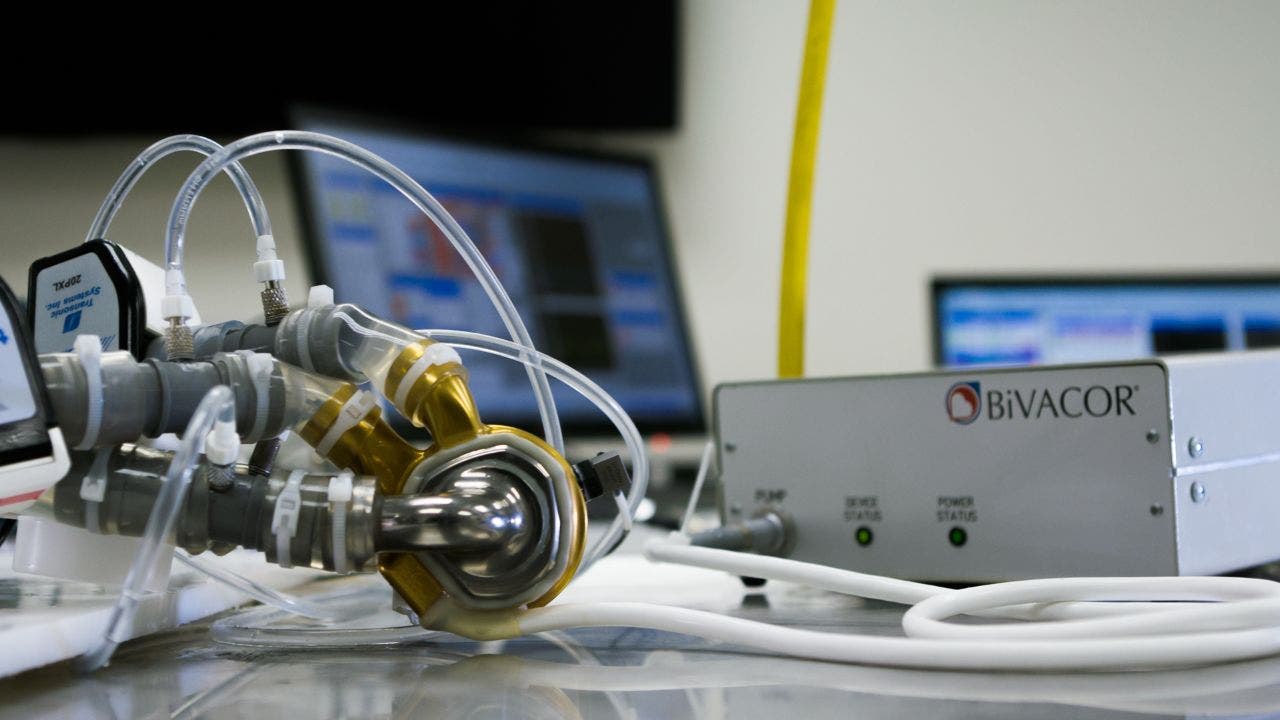
In a groundbreaking medical achievement, the first fully mechanical heart developed by BiVACOR has been successfully implanted in a human patient. This milestone marks a significant advancement in the field of cardiac care, offering new hope for those awaiting heart transplants.
GET SECURITY ALERTS, EXPERT TIPS – SIGN UP FOR KURT’S NEWSLETTER – THE CYBERGUY REPORT HERE
BiVACOR Total Artificial Heart (BiVACOR) (Kurt “CyberGuy” Knutsson)
A titanium ticker
The BiVACOR Total Artificial Heart (TAH) is a compact, titanium-constructed device about the size of a fist. Despite its small stature, it packs a powerful punch. It can pump blood at a rate of 12 liters per minute, which is enough to support an adult male during exercise.
Unlike other artificial hearts that rely on flexible polymer diaphragms to pump blood, the BiVACOR TAH uses a magnetically levitated rotor. This design eliminates the wear and tear associated with traditional mechanical hearts, potentially increasing their longevity.
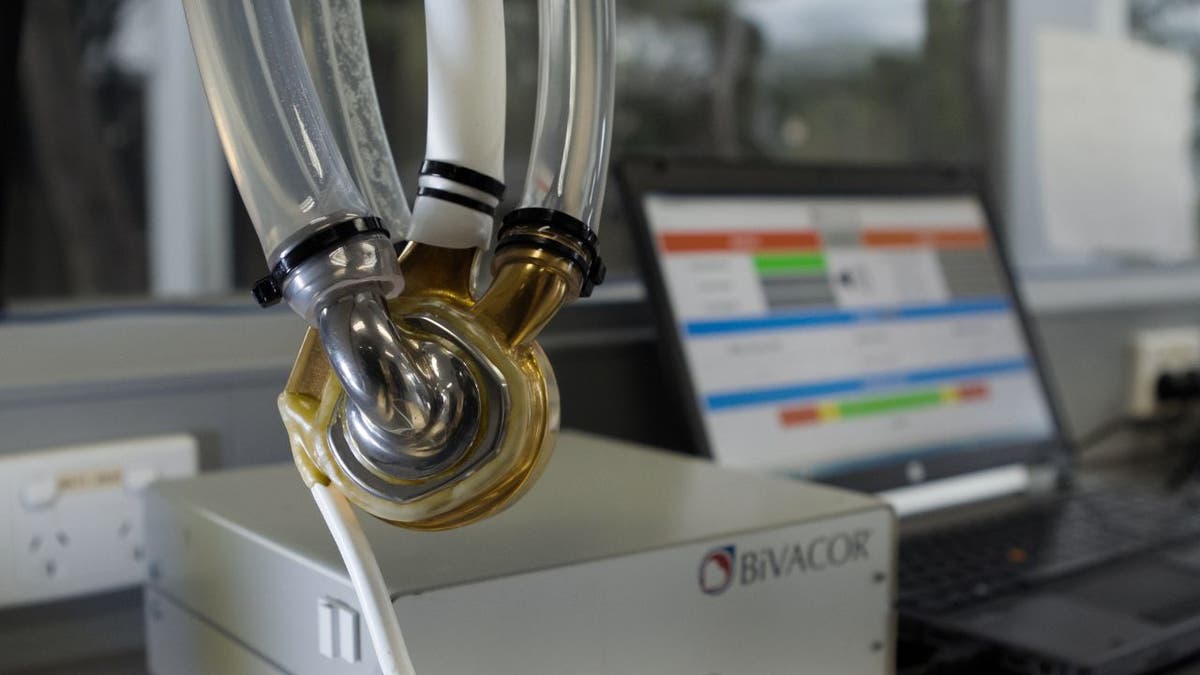
BiVACOR Total Artificial Heart (BiVACOR) (Kurt “CyberGuy” Knutsson)
4.3 MILLION AMERICANS EXPOSED IN MASSIVE HEALTH SAVINGS ACCOUNT DATA BREACH
A bridge to life
The primary purpose of the BiVACOR TAH is to serve as a bridge-to-transplant solution. According to the OPTN/SRTR 2022 annual data report, the number of heart transplants in the United States has been on the rise. Since 2011, adult heart transplants have increased significantly by 85.8%. This device could be a lifeline for many of those patients.
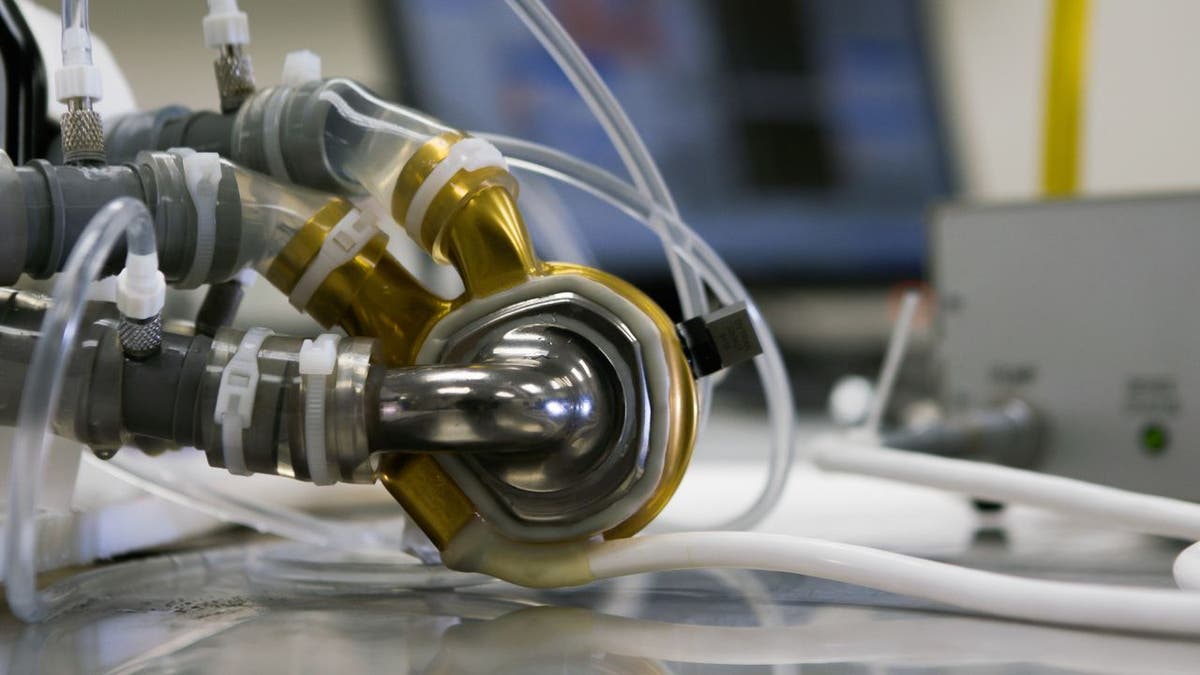
BiVACOR Total Artificial Heart (BiVACOR) (Kurt “CyberGuy” Knutsson)
PHARMA GIANT’S DATA BREACH EXPOSES PATIENTS’ SENSITIVE INFORMATION
The first beat
On July 9, 2024, history was made at the Texas Heart Institute when the first patient received the BiVACOR TAH as part of an FDA-approved early feasibility study. This procedure was carried out at Baylor St. Luke’s Medical Center in the Texas Medical Center.
Dr. Joseph Rogers, president and CEO of the Texas Heart Institute and national principal investigator on the research, said, “The Texas Heart Institute is enthused about the groundbreaking first implantation of BiVACOR’s TAH. With heart failure remaining a leading cause of mortality globally, the BiVACOR TAH offers a beacon of hope for countless patients awaiting a heart transplant.”
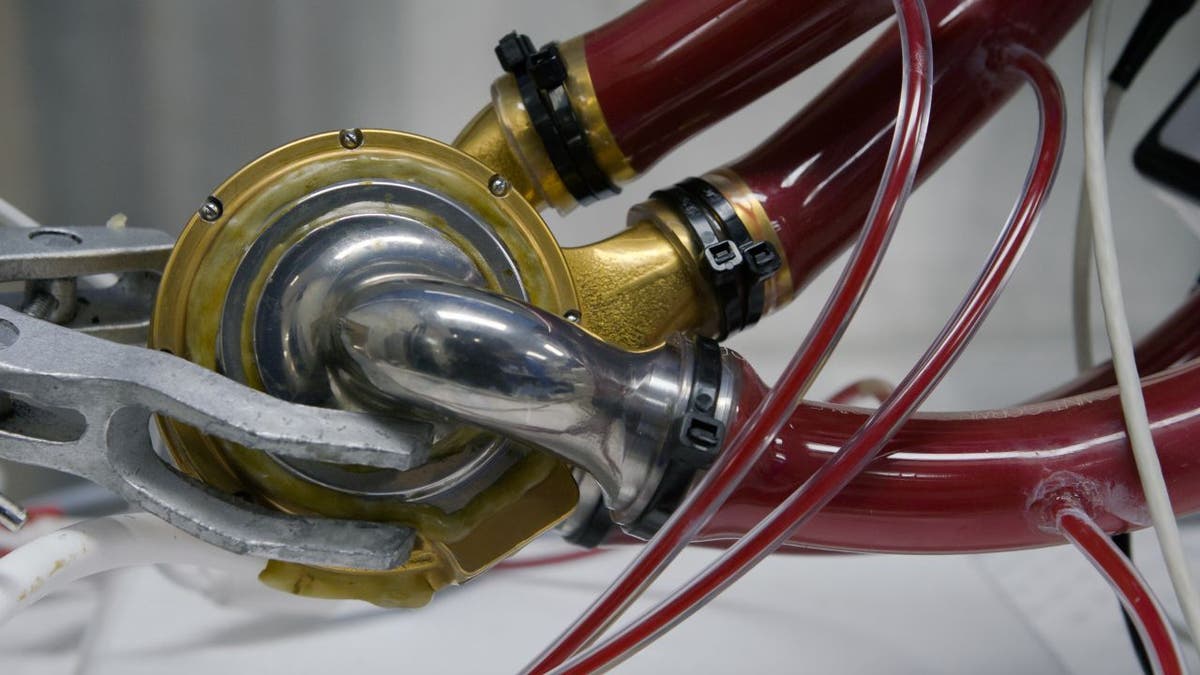
BiVACOR Total Artificial Heart (BiVACOR) (Kurt “CyberGuy” Knutsson)
SKYROCKET TO A HEALTHIER LIFESTYLE WITH THIS GEAR IN 2024
The heart of the future
BiVACOR’s Total Artificial Heart is not your average mechanical heart. It employs the same magnetic levitation technology used in high-speed rail lines, creating a frictionless environment for its single moving part. This innovative design could potentially lead to longer-lasting and more reliable artificial hearts compared to traditional models.
Dr. Daniel Timms, founder and CTO of BiVACOR, said, “Utilizing advanced maglev technology, our TAH brings us one step closer to providing a desperately needed option for people with end-stage heart failure who require support while waiting for a heart transplant.”
TRY CYBERGUY’S NEW GAMES (CROSSWORDS, WORD SEARCHES, TRIVIA AND MORE!)
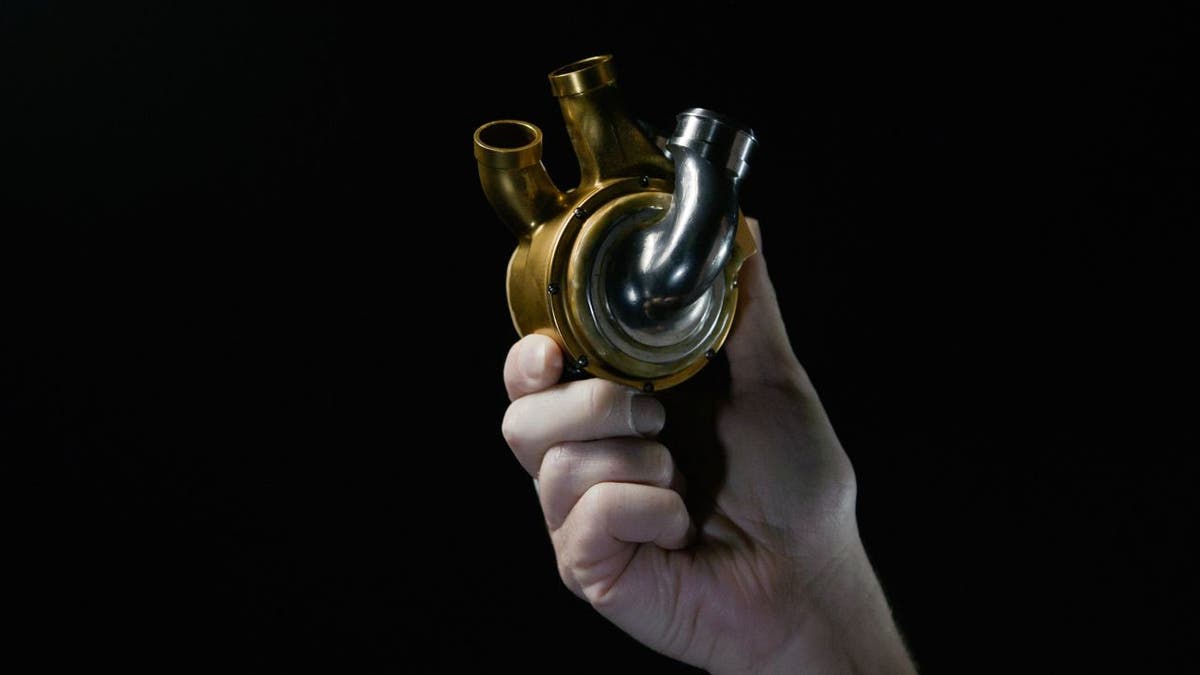
BiVACOR Total Artificial Heart (BiVACOR) (Kurt “CyberGuy” Knutsson)
The road ahead
Following the success of the first implantation, the study aims to enroll four additional patients. This careful, step-by-step approach will help researchers evaluate the safety and performance of the BiVACOR TAH in real-world conditions. The U.S. National Institutes of Health estimates that up to 100,000 patients could immediately benefit from mechanical circulatory support.

BiVACOR Total Artificial Heart (BiVACOR) (Kurt “CyberGuy” Knutsson)
A promising future: Cautious optimism and collaborative innovation
While it’s important to balance our excitement with cautious optimism, the potential impact of this technology cannot be overstated. If the BiVACOR TAH proves successful in clinical trials, it could transform the landscape of heart failure treatment, offering hope to millions of patients worldwide.
As we stand on the brink of this new era in cardiac care, one thing is clear: the heart of innovation beats strong in the medical world, and the future looks brighter for those facing the challenges of heart failure. The collaboration between BiVACOR, the Texas Heart Institute, Baylor College of Medicine and Baylor St. Luke’s Medical Center demonstrates the power of teamwork in pushing the boundaries of medical science and improving patient outcomes.

BiVACOR Total Artificial Heart (BiVACOR) (Kurt “CyberGuy” Knutsson)
Kurt’s key takeaways
The successful implantation of BiVACOR’s Total Artificial Heart represents a quantum leap in cardiac care technology. By harnessing the power of magnetic levitation, this device offers a glimpse into a future where mechanical hearts could provide reliable, long-term support for patients with severe heart failure.
Would you feel comfortable relying on artificial organs for long-term health and why? Let us know by writing us at Cyberguy.com/Contact.
For more of my tech tips and security alerts, subscribe to my free CyberGuy Report Newsletter by heading to Cyberguy.com/Newsletter.
Ask Kurt a question or let us know what stories you’d like us to cover.
Follow Kurt on his social channels:
Answers to the most asked CyberGuy questions:
Copyright 2024 CyberGuy.com. All rights reserved.

Technology
Procreate’s anti-AI pledge attracts praise from digital creatives
Many Procreate users can breathe a sigh of relief now that the popular iPad illustration app has taken a definitive stance against generative AI. “We’re not going to be introducing any generative AI into our products,” Procreate CEO James Cuda said in a video posted to X. “I don’t like what’s happening to the industry, and I don’t like what it’s doing to artists.”
“Generative AI is ripping the humanity out of things. Built on a foundation of theft, the technology is steering us toward a barren future,” Procreate said on the new AI section of its website. “We think machine learning is a compelling technology with a lot of merit, but the path generative AI is on is wrong for us.”
Procreate is extremely well received by comparison. The company has stuck to a $12.99 one-time purchase model instead of moving to a rolling subscription like Adobe and Clip Studio Paint did, and has expanded into offering products for animation and (eventually) desktop users. Making such a firm pledge against introducing generative AI is likely just the icing on the cake for creatives who feel alternative options are dwindling.
Cuda said “We don’t exactly know where this story’s gonna go, or how it ends, but we believe that we’re on the right path to supporting human creativity.”
Technology
Waymo’s robotaxi depot is still honking its San Francisco neighbors awake
/cdn.vox-cdn.com/uploads/chorus_asset/file/25578195/2156927517.jpg)
San Francisco neighbors who live in a building next to a Waymo parking lot are still being haunted by overnight honking. That’s despite a fix from the ride hail company that seems to have fixed the original problem — the cars beeping their horns in the parking lot — but has also revealed that the issue is a little stickier than it may have first seemed.
Waymo said last week that the honking was the result of a safety feature triggered when a Waymo car detects another reversing toward it. Sophia Tung, who runs a YouTube livestream of the lot, told The Verge in an email that the first night after Waymo’s patch, several of the cars missed the parking lot and inexplicably entered a cul de sac next to her building. In a video we viewed, the vehicles became backed up in the cul de sac and started honking.
Tung said the company quickly “disabled the cul de sac completely and threw us an ice cream social to smooth things over.” Things were quiet for a couple of days after that, she added.
But early this morning, the robotaxis revealed another edge case when enough returned at once that a line formed to get into the lot. After one of them reversed toward the others waiting out on the roadway (where they’re seemingly free from the tyranny of the lot’s restrictions), it set off a chain reaction of Waymo vehicles each backing up, triggering the next one in line to honk and drive backward, and so on.
Tung said she’s already reached out to Waymo about the new round of honking. She also has plans to talk with Waymo product management and operations director Vishay Nihalani on the livestream tomorrow, starting at 5:30PM ET.
Waymo did not immediately respond to our request for comment.
Technology
Star Wars Outlaws gets a new trailer — and PC hardware requirements
/cdn.vox-cdn.com/uploads/chorus_asset/file/25578021/Star_Wars_Outlaws.png)
Ubisoft has published the PC requirements for Star Wars Outlaws, which is releasing later this month on August 30th, in a post that also points to a new gameplay trailer for the Grand Theft Auto-style space adventure.
The trailer compares the game’s looks when certain features, like DLSS, are turned on versus off. There may not be any major revelations in terms of story or gameplay here, but it could give you an idea of whether you want to upgrade anything for the game or not.
On the hardware side, Outlaws seems fairly forgiving of PCs still using components like the GeForce GTX 1660 GPU or Intel Core i7-8700K CPU. Eurogamer notes that you’ll need DLSS or FSR to run the game at minimum specs.
From Ubisoft’s page:
Minimum
• Visual…
Continue reading…
-

 Ohio5 days ago
Ohio5 days agoOhio taxpayers sent families $966 million for private school tuition: Capitol Letter
-

 World6 days ago
World6 days agoWhat could an EU Commissioner do to tackle the housing crisis?
-

 Politics1 week ago
Politics1 week agoTim Walz 'misspoke' about using weapons ‘in war,' Harris campaign says: report
-

 Politics1 week ago
Politics1 week agoBiden hunkers down at Delaware beach house after only public event of the week
-

 News1 week ago
News1 week agoPhotos: Family of Michael Brown Jr. marches on Ferguson 10 years later
-

 Politics1 week ago
Politics1 week agoTrump legal cases in limbo after SCOTUS immunity ruling, freeing up schedule to campaign
-

 Politics1 week ago
Politics1 week agoGOP states sue to stop Biden admin extending Obamacare to illegal immigrants
-

 News1 week ago
News1 week agoCross-Tabs: August 2024 Times/Siena Poll of the Likely Electorate














